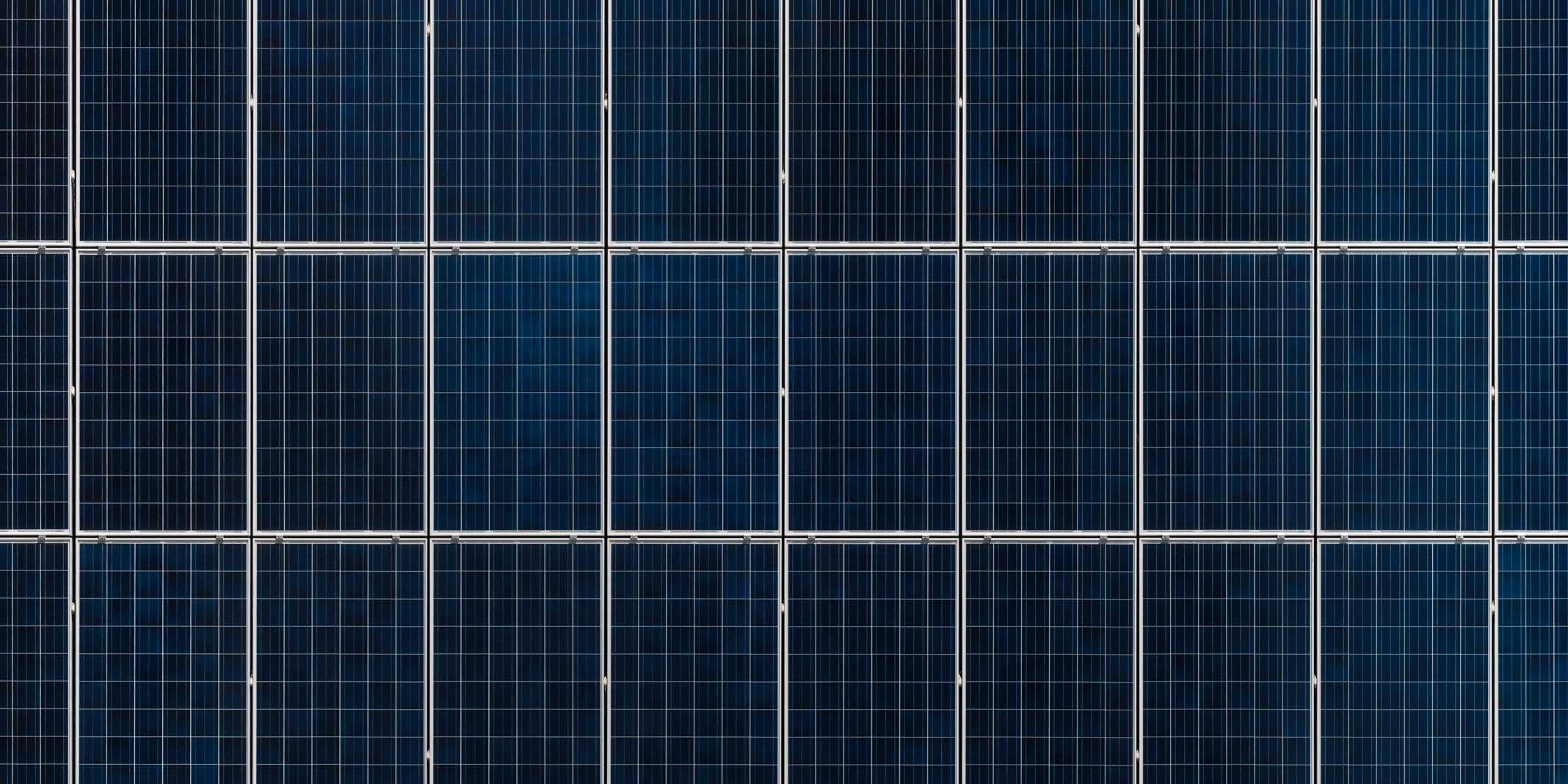I just got back from a renewable energy conference in Washington DC, and am currently more inspired than usual about solar and the renewable energy industry. Steve Heintz of Heintz-Clark CPA in Plymouth, MN had alerted me to the conference put on by Novogradac & Co. Steve and I traveled there on behalf of SolarPod, a solar installer based out of Eagan, Minnesota. We arrived at the conference on Wednesday, November 7th, the day after the midterm elections. I had never been to DC before and was curious as to whether there would be protests or public controversy given the timing. As it turns out, meeting an oil and gas lobbyist at a rooftop bar a few blocks from the White House was about the extent of “controversy” I encountered.
Though I did learn a lot. Below are some key takeaways from the conference and in general for anyone in Minnesota that has ever considered solar for their home or business. Experts far smarter than myself are calling 2019 the BEST year for solar installations given the tax triggers, economic incentives and relevant timelines below.
1. Federal Solar Tax Credit also known as the Investment Tax Credit (ITC)
2019 will be the last year to take advantage of the full 30% federal solar tax credit for residential and commercial solar projects. It will be dropping to 26% in 2020 and 22% in 2021. In 2022, residential projects will no longer be eligible; commercial projects will reduce to a 10% credit.
2. Depreciation on Solar Equipment
There are unique opportunities for commercial buildings as well as rental properties to capitalize on bonus and/or accelerated depreciation per the new tax code. Many business customers are seeing solar return on investment in less than 5 years – in some cases, as low as 3.5 years.
3. The Xcel Solar Rewards Program
If you are in Xcel Energy territory, their solar rewards programs provided 8 cents per kWh used for residential and commercial solar installations in 2018. This incentive lasts 10 years from the time you sign up, which creates faster paybacks on solar installations. However, in 2019 this program is expected drop to 7 cents per kWh used for residential and 5 cents per kWh used for commercial. This is an indicator that the rewards will continue to drop in subsequent years making another strong case for installing solar in 2019 versus waiting.
4. Tariffs on Solar
In January of 2018 a 30% tax was imposed on solar imports. This tax will drop to 25% in 2019 and another 5% each additional year until 2021, when it is phased out. Common sense would dictate that the panels would become cheaper in 2019-2021. However, given the industry was semi-prepared for the tariff, they anticipated higher costs and wound up stockpiling panels prior to 2018. Thus many may find better rates buying before suppliers and distributors run out of their pre-tariff imposed inventory.
5. Financing Options Available
As the investment community has become more comfortable with solar projects over time, there has been increasing support from the financial community. From multi-megawatt community solar gardens to smaller residential projects, there are financing options available that require no money down yet still can provide a long term solid return on investment. Inverted leases, partnership flips and sale-leaseback are some of the options available for larger projects. However for most residential projects, home equity lines of credit are popular as well as local banks, credit unions, and the Center for Energy & the Environment.
6. Strike while the Sun is Hot
If you are looking to do a solar project in 2019, there are many installers to choose from though I’d recommend getting quotes early and being decisive since supply of labor, goods and incentive programs will likely be in very high demand. If you’re unsure where to start, there are non-profits like Solar United Neighbors of Minnesota to help inform homeowners on the benefits of solar as well as advocate for it in your community such as helping educate a neighborhood HOA. Also, be sure to consult with your tax professional to best take advantage of the opportunities as they can differ based on income, project type and project size.







